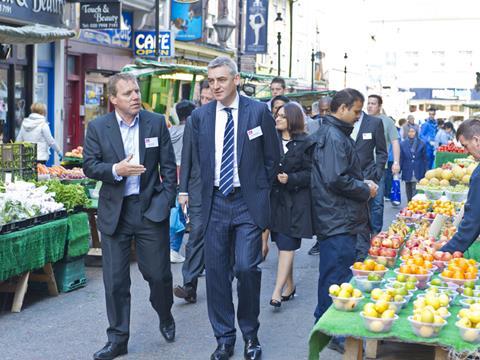
Considering the controversy that has plagued the campaign to rescue the high street, news of a major new initiative involving 100 freshly chosen towns is more likely to be met with a collective groan than cheers.
In the wake of the millions of taxpayers’ cash granted to hundreds of Portas pilots and town teams since 2012 - a process even enthusiastic supporters admit has been shambolic - why yet another selection process, especially only weeks after the government’s Future High Streets Forum revealed plans to shortlist nine towns for a separate plan, headed by Costa UK chief Jason Cotta?
It certainly raises questions about how the government will avoid confusion with so many rescue schemes currently underway, but the latest proposals also appear to signal a major step change in the involvement of the businesses best placed to make a difference.
” The focus will be on using our scale to tackle bigger things”
Martyn Hulme, Co-op Estates
Business in the Community’s Healthy High Streets campaign has the heavyweight backing of M&S, The Co-operative Group, Boots and Santander, with at least four more big hitters said to be joining soon.
While the Forum has the backing of Tesco, Healthy High Streets is on a totally different scale and its plans are more developed and arguably further reaching.
It aims to boost footfall in the 100 towns selected by 10%, which would outstrip even some of the star Portas Pilots. With the first batch of 30 set to be announced next month, it is also promising to concentrate efforts where footfall is in decline. The businesses claim they can slash the number of empty shops in each area by 20% and create 3,000 extra jobs in total - all within three years.
“We don’t want to give the impression that these businesses are going to give cash to these towns, because they aren’t,” says Jane Pritchard, enterprise director at BITC. “This isn’t about philanthropy.”
So if not money, what? Each company has pledged to create up to a dozen high-street champions to provide local leadership. Other proposals include extending customer loyalty incentives to entire high streets, providing free or subsidised parking and freeing up empty shops. The Co-op alone says it has plans to allow up to 100 of its currently empty properties to be released for pop-up shops, indoor markets or community facilities.
The companies add that they will use their muscle to help negotiations with landlords sitting on empty properties or seen as standing in the way of retail initiatives.
It’s a world away from the Portas Pilots, which sources admit resulted in several ill-prepared towns getting £100,000 in the bank and having little idea what to do with it.
“Portas was relatively small,” says Martyn Hulme, MD of Co-operative Estates. “I’m not going to rubbish what went before. But the focus will be on using our scale to tackle much bigger things. It won’t be about holding a street market or building a playground.” So is this all about the big boys having things their way?
“Doing things on a national scale I think is very important, but this is all about partnership,” insists high streets minister Brandon Lewis, although he admits there is potential for confusion with this the latest in a long line of potentially competing high street initiatives, inquiries and task forces.
Overlapping schemes
And quite where that leaves the government’s other high street projects, including the Portas pilots themselves, the ATCM’s support for the 300 plus Portas town teams and the work of the Future High Streets Forum, chaired by Lewis, and involving retailers such as Tesco, Costa and McDonalds, remains to be seen.
In February, The Grocer revealed the Forum was set to shortlist nine towns, with the likes of Bedminster, Braintree, Dartford, Rotherham and Sydenham all believed to be in the running, to trial a new scheme led by Costa’s Cotta.
“There are a number of schemes but I see that as a strength not a weakness”
Brandon Lewis
Under that plan, the areas will get three- to five-year “town visions”, reviewed annually against a set of targets, with businesses and local councils also set to be heavily involved.
One source on the Forum said that work “had yet to be fully agreed,” and admitted the prospect of having 27 pilots, 300 plus town teams, 100 “healthy towns” and nine Cotta towns was likely to cause confusion.
Even the Forum itself is not guaranteed to continue to meet, at least in its current form, after next March.
Lewis isn’t overly concerned, however.
“There are a number of schemes but I see that as a strength not a weakness,” he says.
But privately even members of the Forum admit some of the schemes may have to be culled to avoid duplication, while others are only funded, at least by government, until next year and may either fade away of morph into privately funded schemes.
Whether the latest idea led by retailers can cut through the huge amount of politics and rivalries involved at a local and national level - including vast vested interests of retailers large versus small, property owners, local planners and the government, is a very big ask indeed.
But as Hulme puts it: “Businesses are always told that they should be competing fiercely all the time but if there isn’t a high street left, we’re not going to be competing with anyone.”



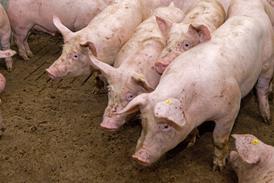



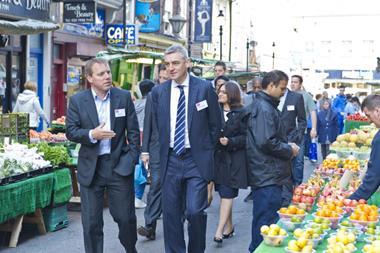
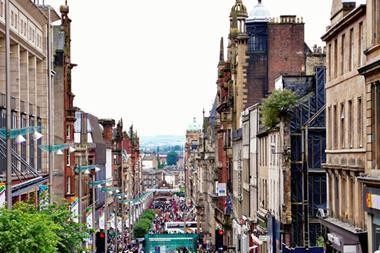
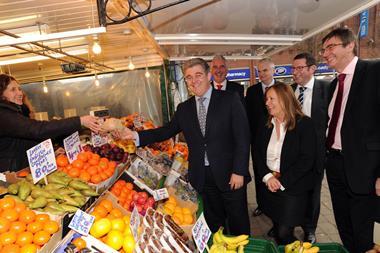
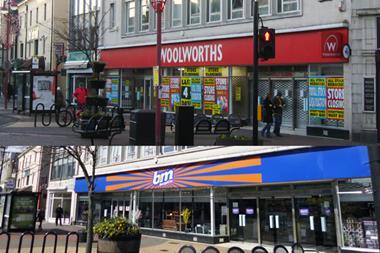
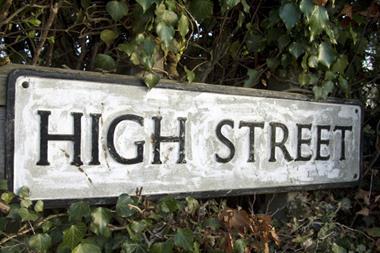
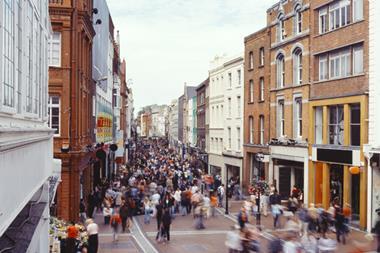






No comments yet